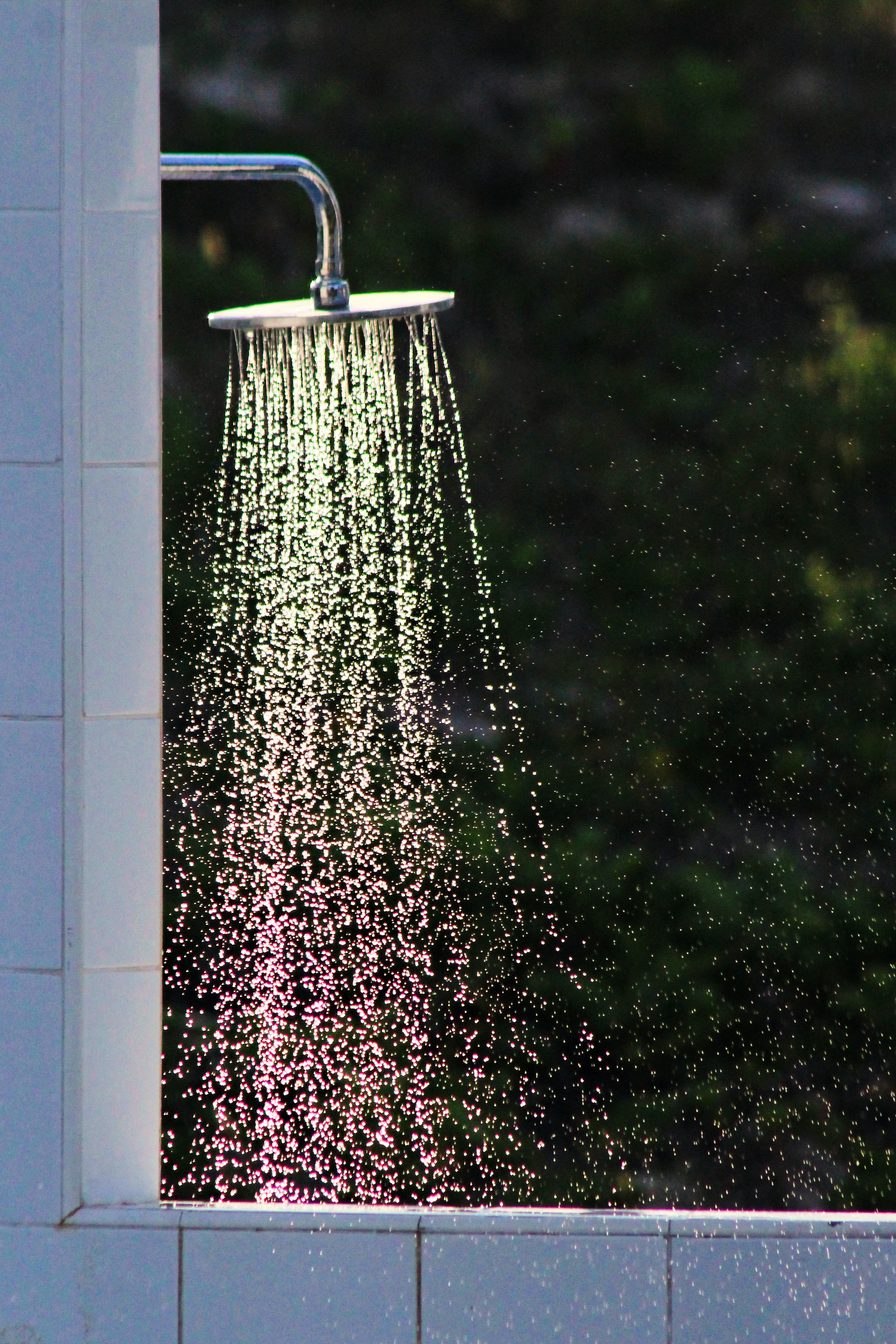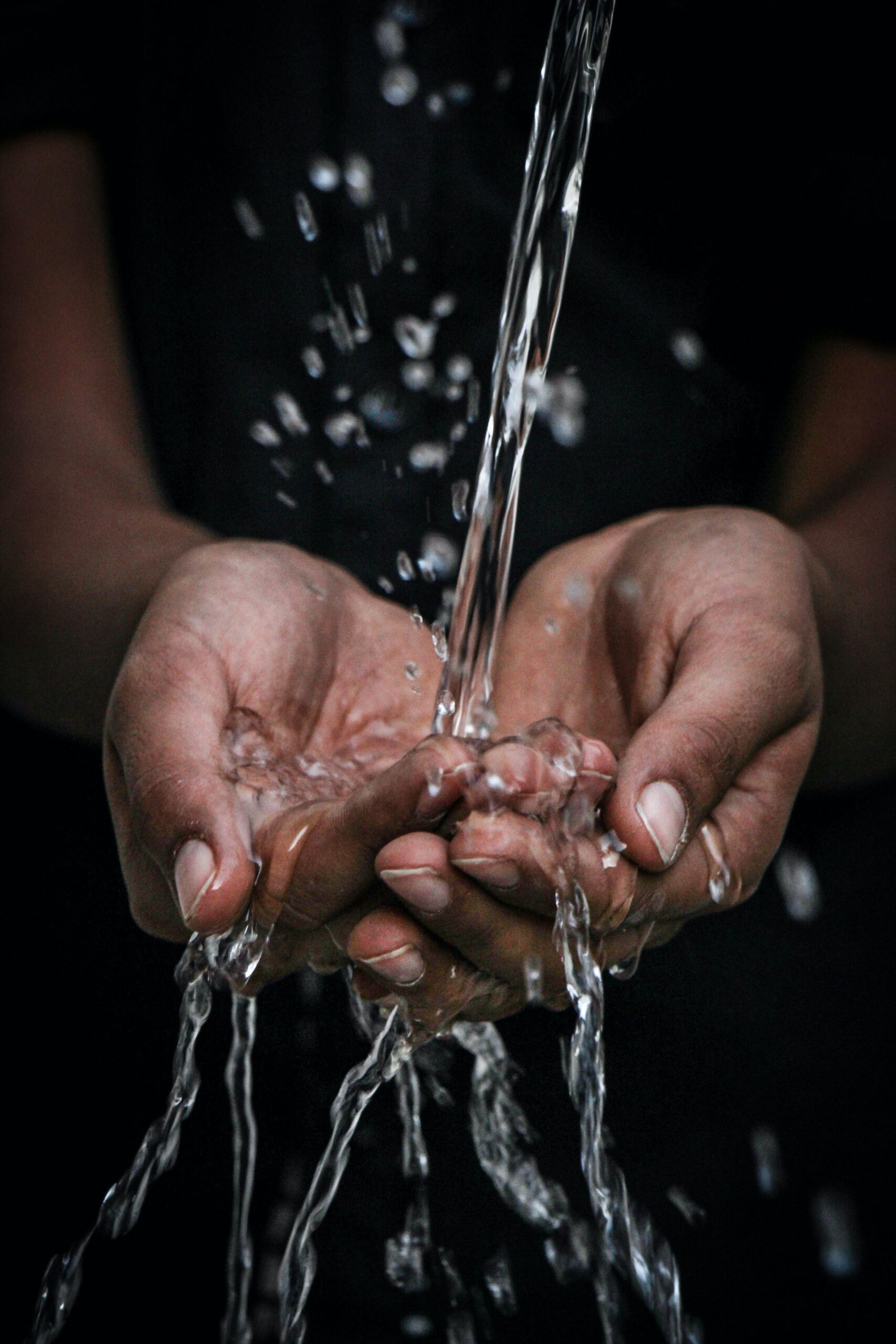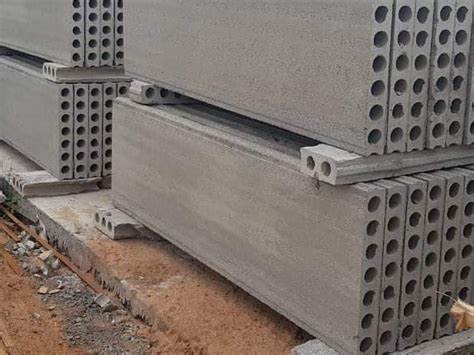Living off grid essentially means living in a self sustaining home that is not connected to the public service utilities. In this article we will focus on the availability of water and the easiest way to achieve this.
In order to have water independence, we must think about water sourcing, storage and distribution inside the house to ensure that all the areas that need supply have adequate water pressure.

Water source – The easiest source of water for most people is harvesting rainwater. It is low maintenance and generally reliable. One can always supplement the amount of water stored by buying water during the dry season. A borehole is also an option if you have the budget for it. Those who live near ponds and creeks can always collect water and purify it for use.
Water storage – We determine water storage based on the amount of water consumption per day. This article is based on a family of 6 living off grid. The house in question has two bathrooms and an indoor Kitchen. The typical water consumption per person would be a minimum of 100L per day (This could go as high as 200L, depending on water usage). Water usage is also less if people spent time at work or in school.

The reasons for high water usage include showers, flushing toilets and modern Kitchens. If one was to cut down on flushing toilets, for example by constructing a pit latrine for the house or installing a composting toilet the consumption would be lower. Read more on how to construct a pit latrine
6 people use around 600L per day, which is essentially 18,000L per month. You can achieve this volume using two 10,000L tanks. One can also consider building an underground tank in order to achieve much larger capacity. For the 10,000L tanks, One can be placed on the ground and another can be lifted to at least 2.5m for a bungalow.

Water distribution: There is need to develop enough pressure for the occupants of the house to ensure the showers and taps work well. This is why you need to lift one tank off the ground. You will also need a water pump to move the water from the lower tank to the raised tank. If you are not sure about the water pressure required, feel free to consult a professional.
Therefore, the minimum you will need is:
– Two 10,000L tanks, (one raised, one on ground) – Around 180,000 Ksh. (1800 USD) for the set up.
– Other options are an underground tank with a small 5,000 litre raised tank 250,000Ksh(250 USD). These prices do not include guttering .

A cheap hack or an underground tank that won’t leak, is using a plastic tank encased in a concrete tank. This requires less expertise and materials to construct.
If you have an interest in affordable construction, here are affordable housing types(Materials) available in Kenya and 2 bedroom designs to build for less than 1.5M.
I hope this piece has been useful. Build wisely!
`











1 comment